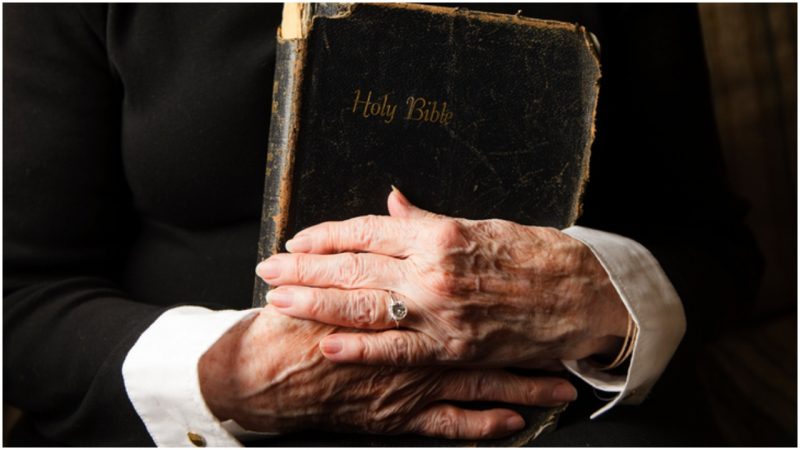Words have power. They can change someone’s world. The absence of one three-lettered word that appeared, or rather, did not appear, in 1,000 copies of the Bible from the 17th century cost the publisher their right of printing, and almost their lives.
The so-called “Wicked Bible” went public in 1631, in times when people were just starting to have their own copies of the sacred book at home.
In it, the word “not” was found missing at a crucial place. One of the ten commandments looked intoxicated — it read “thou shalt commit adultery.” The Adulterous Bible and Sinner’s Bible stuck as two more names to this infamous edition. Exodus 20 had never looked more sinful.
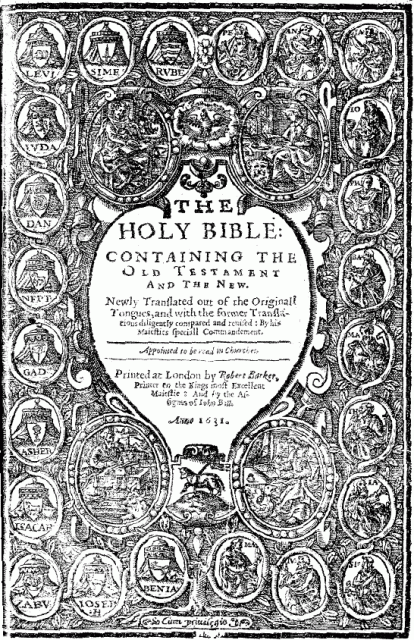
The error was made by English royal printers Robert Barker and Martin Lucas. The absence of “not” went officially unnoticed for a whole year, but then the publishers were summoned to face their consequences.
Thankfully King Charles I’s desire to execute the pair was not carried through, but the court stripped them of permission to work in the printing business, and the publishers were required to pay a fine of £300 (equivalent to about $56,500 today).

It must have been an extremely unpleasant situation for Barker, whose reputation was tarnished overnight and he was never able to find a steady job. He ended up in prison, where he was found dead in 1645.
The editorial blunder could have been merely a typographical error. But it could also have been a plot by their rivals in the publishing world of 17th century London. The details of the scandal are dim, but there were people like Bonham Norton who might have wanted to disgrace Barker’s name.
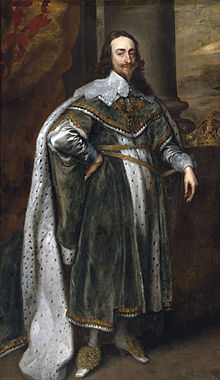
Supporting the theory that this was an act of sabotage are a number of other “naughty” errors in the Wicked Bible. In Deuteronomy 5:24 of the 1631 edition, the “greatness” of God is written as “great-asse,” which raises suspicion it was not accidental, according to The Atlantic.
Almost all 1,000 copies of the Wicked Bible were recalled and destroyed.

Only nine copies made it through the purge. Most of them are stored in libraries today as samples of rare Bible editions.
One copy of this rare book was auctioned in the U.K. by Bonhams, in 2015. It sold for £31,250 (roughly $40,000), but this is far from being the record-holder for most expensive Bible. A copy of the original Gutenberg Bible, assumed to be one of only 180 remaining, was sold at Christie’s for an astonishing $4.9 million in 1987 — blunders-free, hopefully.
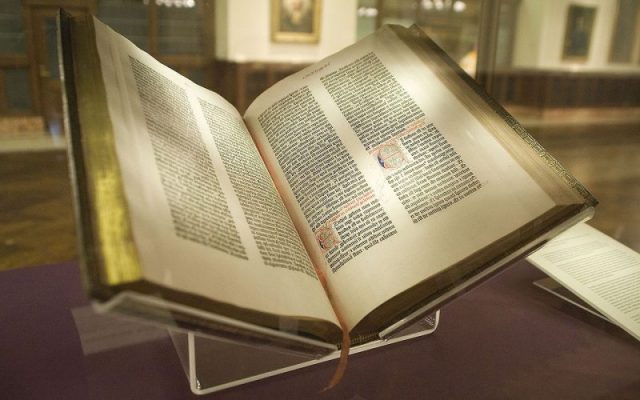
For some critics, it is intriguing why the sale of the Wicked Bible stirred so much attention.
Diana Severance from Houston’s Dunham Bible Museum has raised awareness of several other Bible goofs. One of them is the 18th century “Vinegar Bible” which renamed Luke 20: 9-19, The Parable of the Vineyard, as The Parable of the Vinegar.
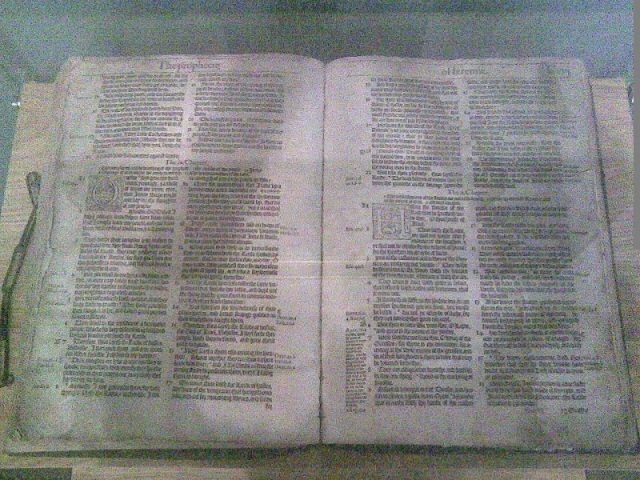
But as Severance explains for The Atlantic, people deem the Wicked Bible funnier than the Vinegar Bible, as the first “speaks to their sinfulness.”
The Guardian’s David Shariatmadari gives us even more absurd examples of error-prone Bibles. Another King James version as of 1795 reads “Let the children first be killed.” The “awkward” mistake as Shariatmadari reports occurs in Mark 7:27. It should correctly read: “Let the children first be filled.”
Read another story from us: Europe’s Oldest Book Was Found in the Tomb of a Saint
In 1682 they also wrote “If the latter husband ate her” instead of “If the latter husband hate her.” It’s Deuteronomy 24:3. Shariatmadari says this is the Cannibal’s Bible.
It’s no joke messing with the Bible.
